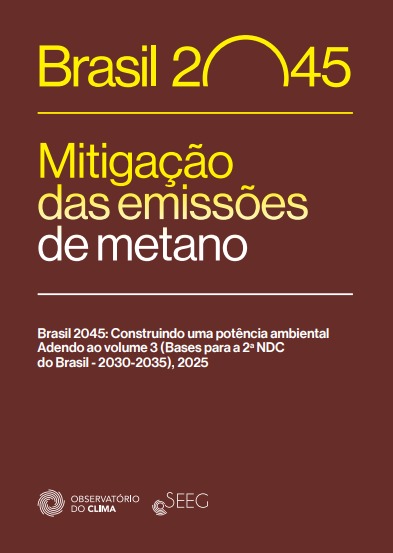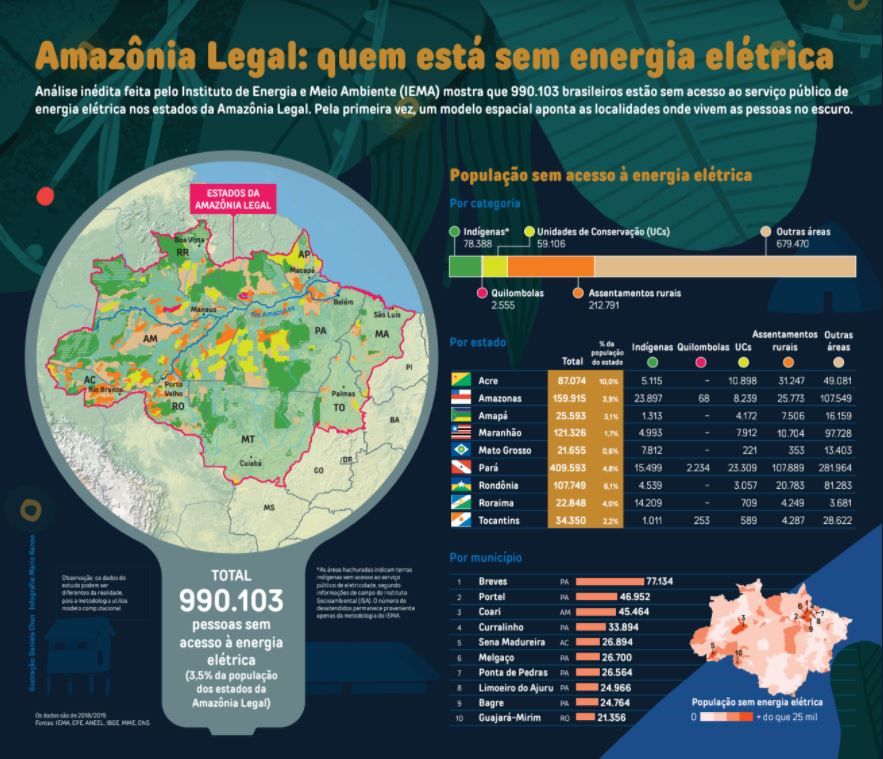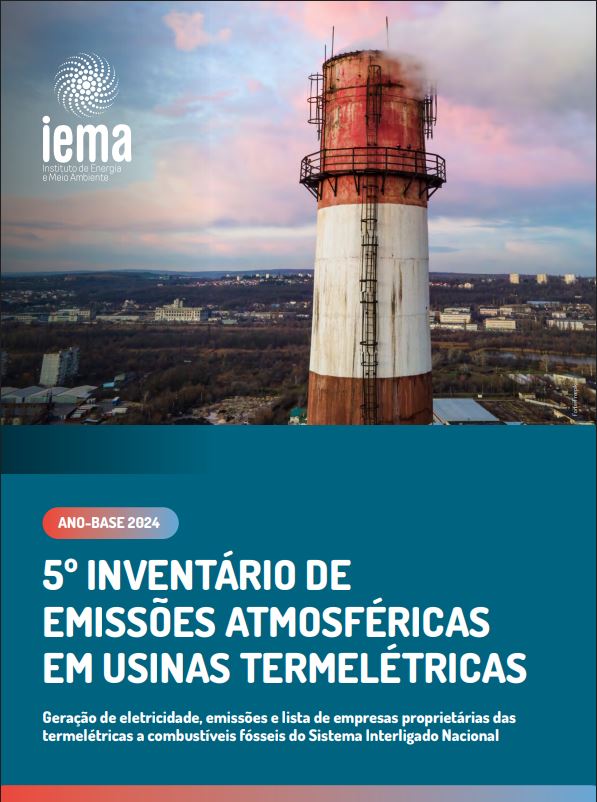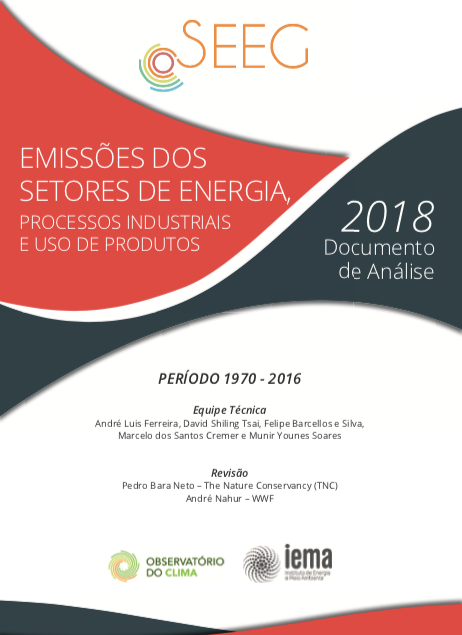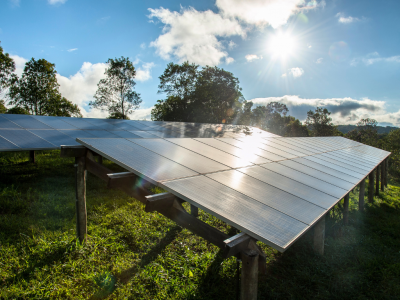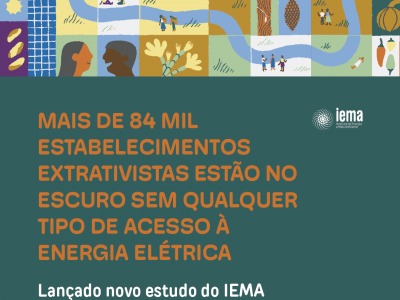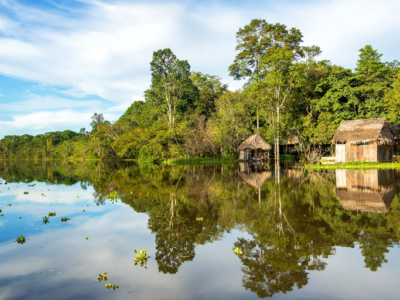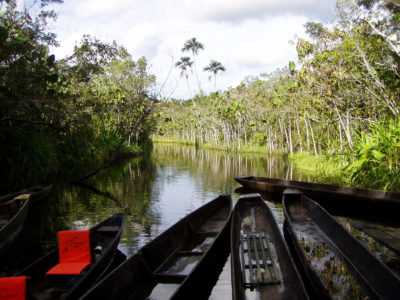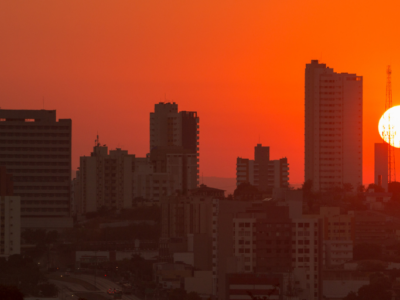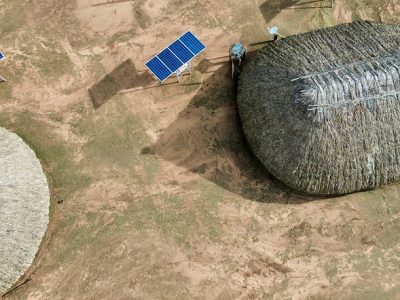[Energy Auction Bulletin] Third Edition
First capacity reserve auction restricts contracting to thermal power plants
On December 21, the Capacity Reserve Auction will be held to provide energy through the contracting of electrical power and associated energy. The Energy and Environment Institute (IEMA) has analyzed the participating power plants and their potential environmental impacts in the third edition of the Energy Auction Bulletin. In this first bidding, the government has restricted the new energy auction model to only thermal power plants, with 90% of the offered power (32.7 GW) coming from natural gas projects.
A total of 106 power generating units were eligible, providing a combined 36.3 GW of offered power and 6.3 GWmean of physical guarantee, also known as assured energy. The physical guarantee is the amount of energy that a plant must supply, as declared in energy commercialization contracts. Natural gas enterprises were highly relevant, corresponding to 83% of physical guarantee or 5.2 GWmean. Natural gas is also the most common fuel used in the registered plants, with 76 projects. This gas dominance is linked to the fact that thermal energy was the only competing technology option in this first capacity reserve auction.
Even coal
Wind and solar power plants were excluded from the auction, while coal was eligible. Despite making up only 3% of registered plants, coal becomes relevant when we consider its 14% contribution to the total physical guarantee offered. As a result, if contracted, coal-fired units will have less flexible operation, being used beyond peak periods. In contrast, biomass units, which use renewable fuel, represent 6% of the number of plants but have limited power and physical guarantee offered in the auction, contributing only 1% to the total.
“The water crisis and gaps in the sector planning have made clear the need for energy supply during times of high demand. The initiative to organize a new auction model is welcome, but it should allow for all sources capable of contributing to this requirement,” emphasizes Ricardo Baitelo, project coordinator at IEMA and one of the authors of the bulletin. “Excluding renewables from the auction puts Brazil out of step with the rest of the world,” highlights Felipe Barcellos e Silva, researcher at IEMA and one of the authors. “The reform of the energy sector should be guided by technological neutrality in expanding supply, as occurs in other countries. The sector should define supply based on the attributes that must be met at that time, whether they are energy, capacity, or flexibility, and not based on specific technologies or fuels,” says Baitelo.
The Northeast Region offers the highest number of projects, almost half of the total (49), with a total power of 14.6 GW and a physical guarantee of 2.2 GWmean. However, the Southeast Region, with the second highest number of generating units (32), is the most relevant in terms of power and physical guarantee offered, with 17 GW and 3 GWmean, respectively. The South and North Regions both enter the bidding with 10 projects but differ in terms of power and physical guarantee. The South Region proposes projects that operate for a longer period (with greater physical guarantee), such as coal projects, while the North Region brings projects that are more focused on peak moments. Finally, the Midwest region appears with only four projects.
Cumulative Local Impacts
It’s worth noting that a substantial number of projects are competing in the same region, which consolidates the trend of forming large thermal plant complexes. This is the case in cities like Macaé (RJ), Ipojuca (PE), and Cabo de Santo Agostinho (PE). These areas already suffer from air pollution due to emissions from power plants and other sources like transportation. With the installation of more power plants in these areas, environmental impacts are likely to accumulate, and therefore should be a cause for concern. For instance, Macaé is a city that already suffers from air pollution, as evidenced by a study conducted by IEMA. If any new proposed project wins the auction, this problem may be exacerbated by additional emissions from fuel burning in thermal power plants.
Capacity Reserve Auction
In recent years, the Brazilian energy sector has undergone significant changes and has been discussing new supply criteria, including the need to add power to the Brazilian system in the coming years. This realization led to the conclusion that a regulatory reform was necessary to establish the contracting of power in the short term.
The auction offers two products: power and energy. The power supply differs from the energy supply by meeting high-demand moments throughout the day or year. The energy supply, on the other hand, refers to an average demand supply throughout the year, without necessarily responding to specific peak moments.


